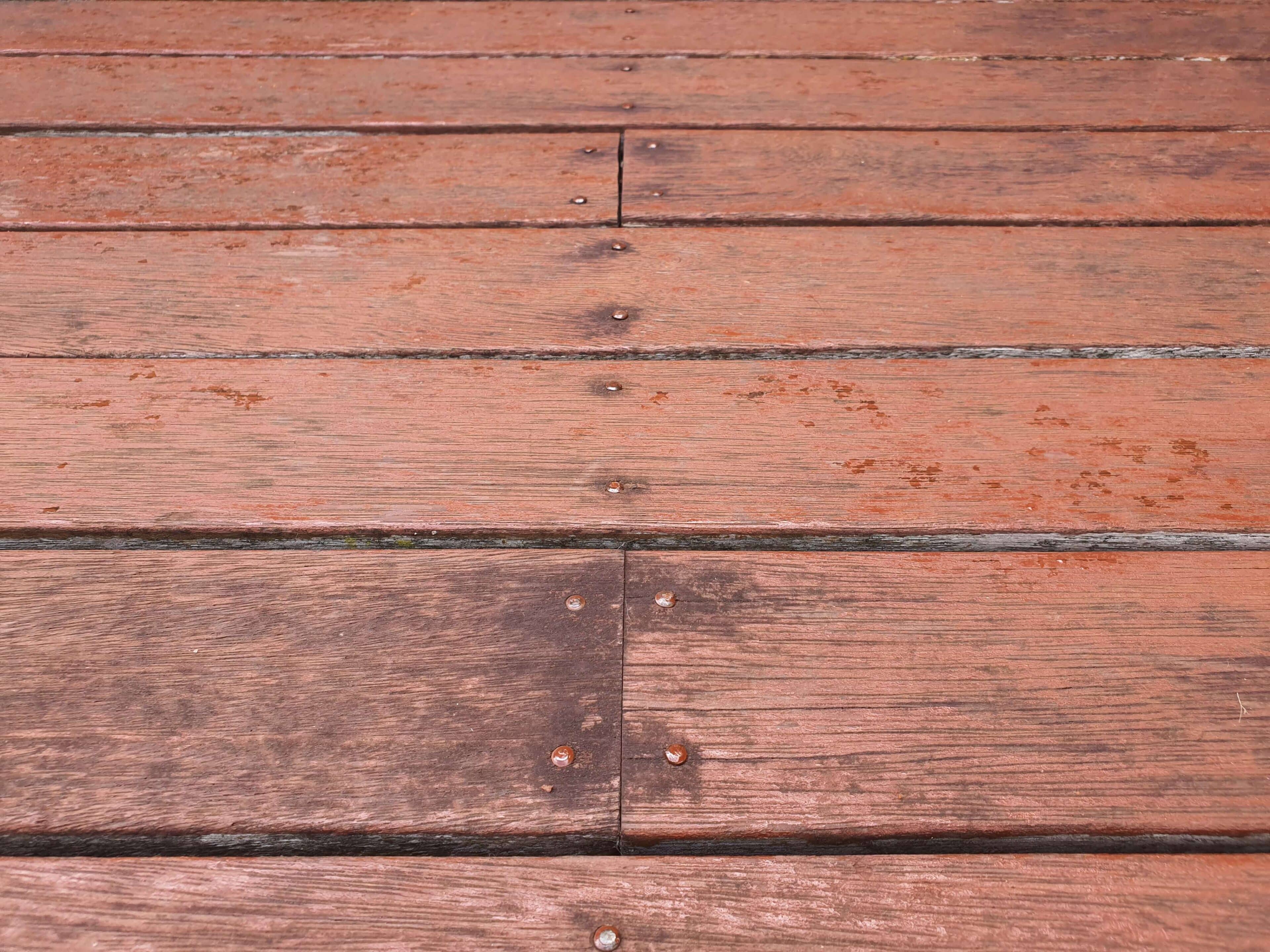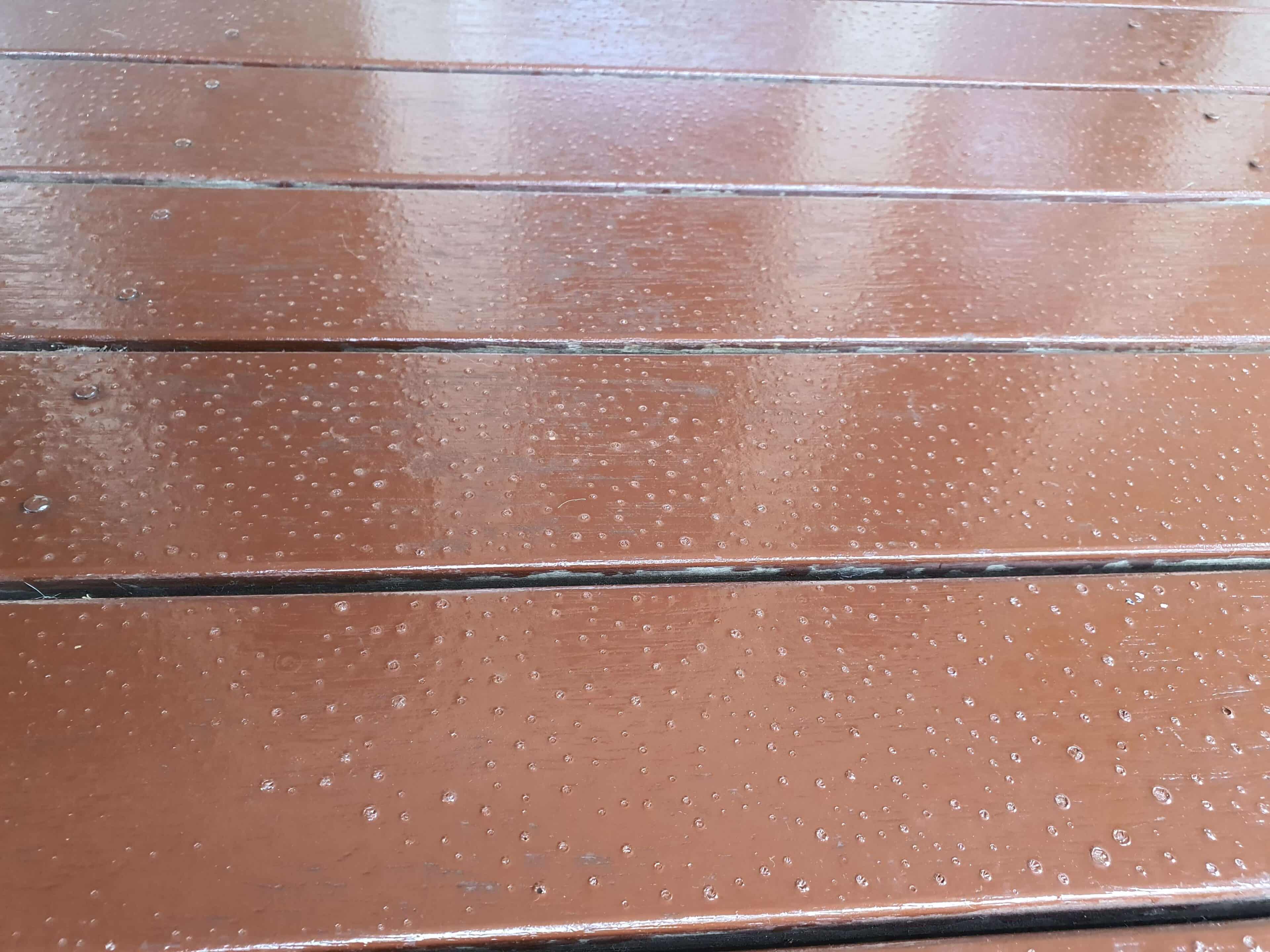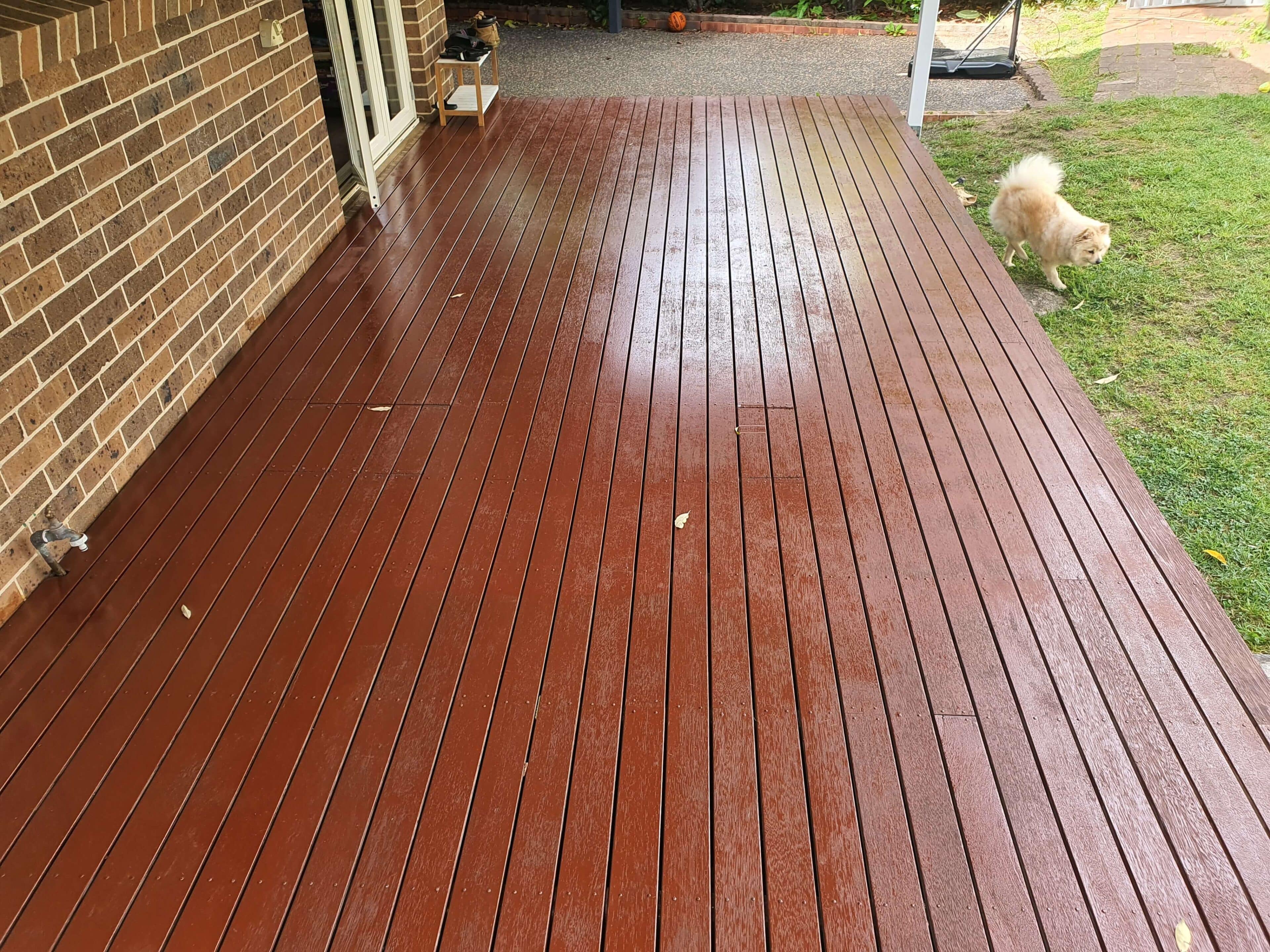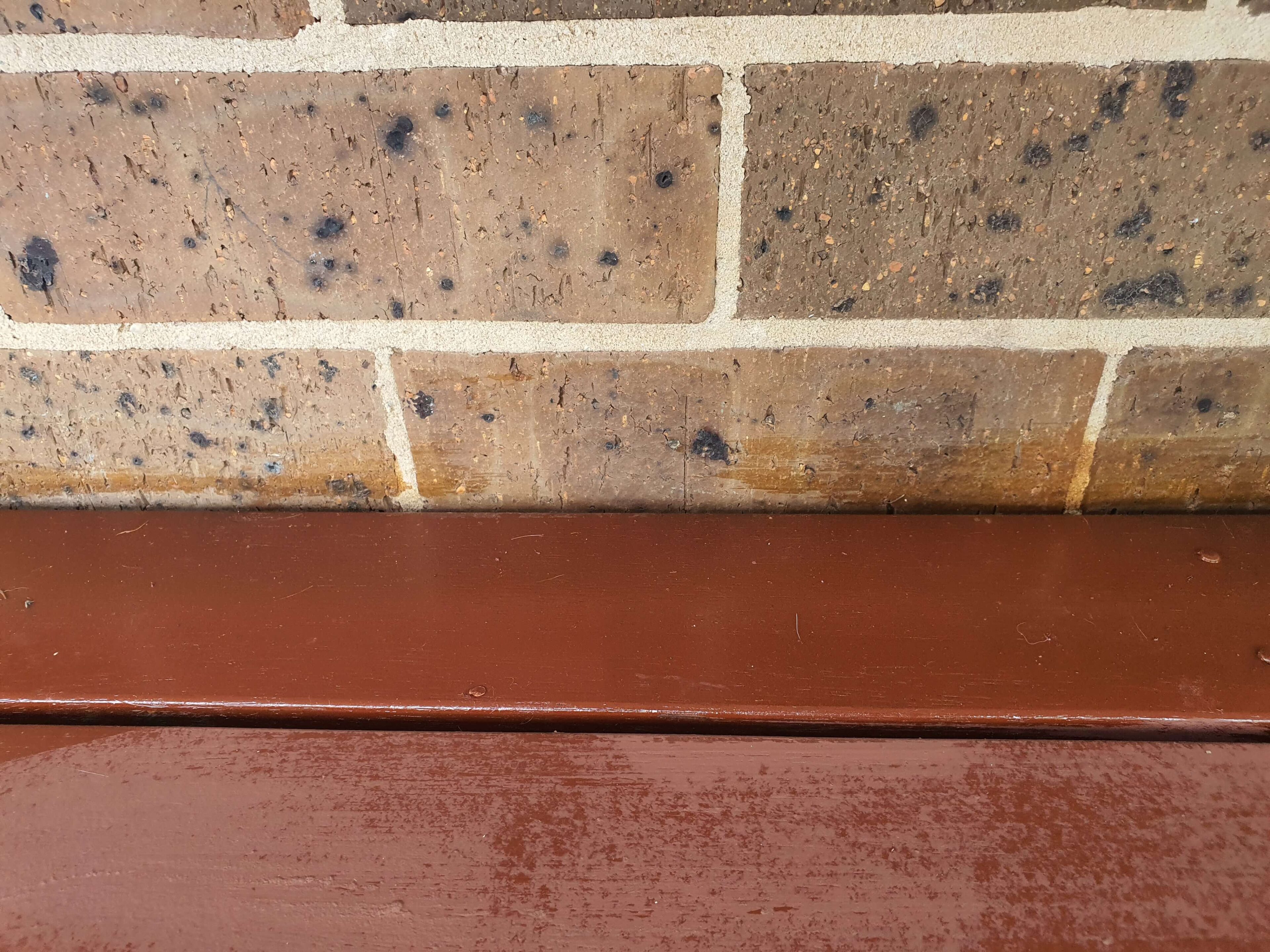Articles
Can you sand a Deck? What to Avoid When Sanding and Staining a Deck
03/12/2024
Articles you may also like
News
16/06/2025
Using Touch Up Paint For Any Colour Or Room
Touch up paint is a simple, budget-friendly way to keep ...

News
30/05/2025
Choosing The Perfect Colour: Wattyl Paint Colour Chart
Your guide to choosing the perfect colour - from soft ...








